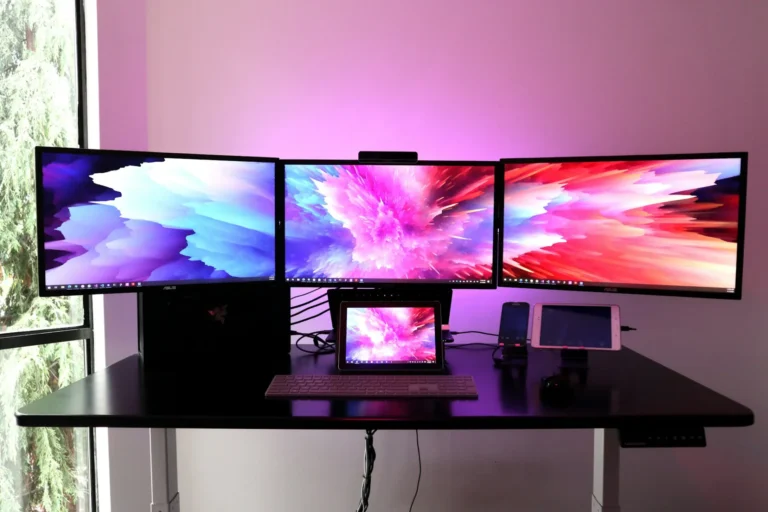Dollar for dollar, inbound or content marketing generates three times as many leads as those generated by traditional marketing techniques. For most inbound marketers, clicks and conversions are the most relevant markers of marketing success, but the big picture is more complicated than a simple click.
Here are some insights into importance of creating meaningful and engaging content for visitors and how you can measure the success of that content.
It’s About Quality, Not Quantity
If you aren’t careful, all of the pressure to constantly create and send out content can lead to sloppiness or, worse, clickbait. Audiences dislike clickbait to such a degree that content that looks like clickbait actually reduces the chances (between 1% and 9%, depending on which clickbait-esque terms you use) of that email or blog being read.
This doesn’t just refer to the content of your content messaging but the packaging of that message. A recent study in the UK said that almost 60% of content readers choose not to buy from a company whose content is sloppy or contains spelling or grammatical errors!
Create Value
Making sure that your content is valuable to your readers is the key to lead generation and audience engagement. According to a recent LinkedIn survey, the top three factors in creating valuable content are audience relevancy (58%), engaging and compelling storytelling (57%) and triggers a response/action (54%).
For many content marketers, the response/action they want to trigger is a click, which is why clickbait has been so popular.
Drive Recurring Visits
The problem with only measuring views or visitors is that it tells you nothing about the effectiveness of your message. What matters isn’t how many people click on a single piece of content. It’s about how many times a single person clicks on multiple pieces of your content.
In order to measure whether your content is valuable, meaningful and ultimately effective, I would add a new metric for inbound marketers:
B2B marketers should measure repeated readers/visitors to their content assets in a consistent manner.
The best way to encourage repetition both in your messaging and in your response rate is not to simply send out the same basic piece of content via different channels (though this is one method that is still popular). The best way to encourage repetition is to set your content up to be shared. 87% of marketers use social media to promote their content.
This allows you to take advantage of social media advertising and monitoring algorithms that try to serve up relevant content to users based on their behavior within a specific network. Essentially, the social networks do the repetitive promotion for you.
Quality of Clicks
Finally, it isn’t just about the number of clicks your content gets, but the quality of those clicks. For example, video content is, hands down, the most effective form of marketing across all niches. Someone who only watches a few seconds of your video probably won’t turn into a lead. But someone who watches the entire video is more likely to.
Personalize your video content to these people. You can do this by creating personalized marketing messages that are sent out to specific leads. These personalized messages are more likely to be watched all the way through since they are about the viewer and will provide more incentive to viewers to take your desired action than a generic video…though, admittedly, wide-audience video marketing is still the most powerful channel to drive engagement and conversion. According to Nielsen, 64% of marketers expect video to dominate their strategies in the near future. So it’s not difficult to see why.
Remember: if you want to increase your marketing ROI, it’s about the quality, not quantity. Create quality content for quality leads and measure your returning visitors who ask for more.
* Image credit: Cartoons by Jim






